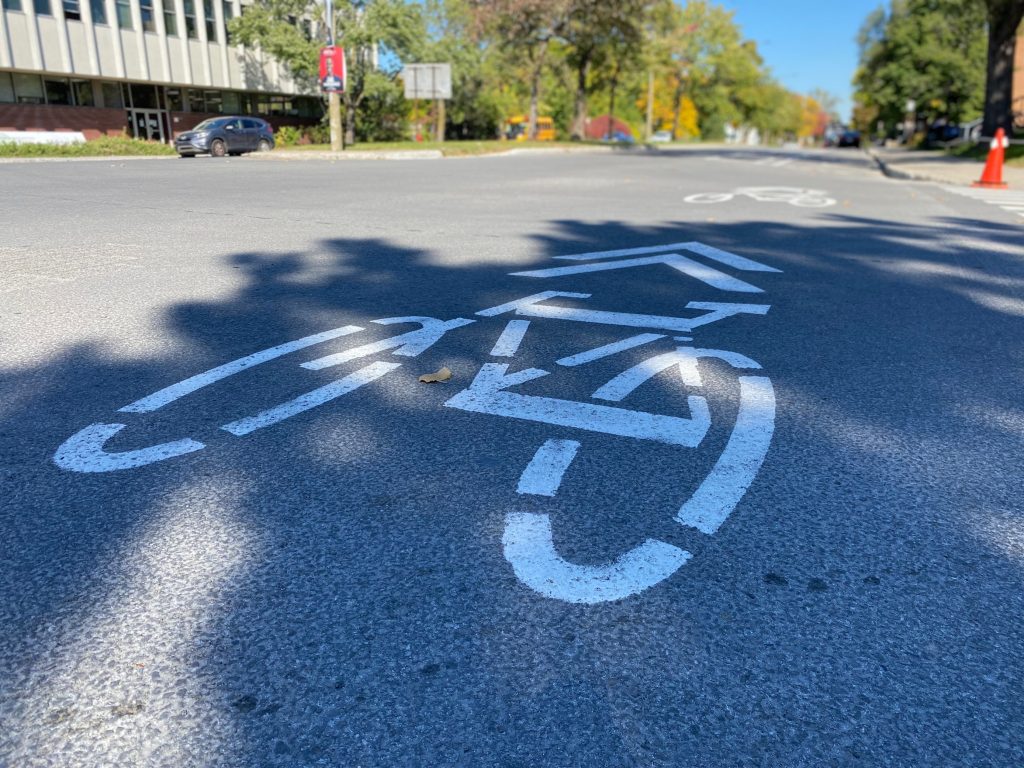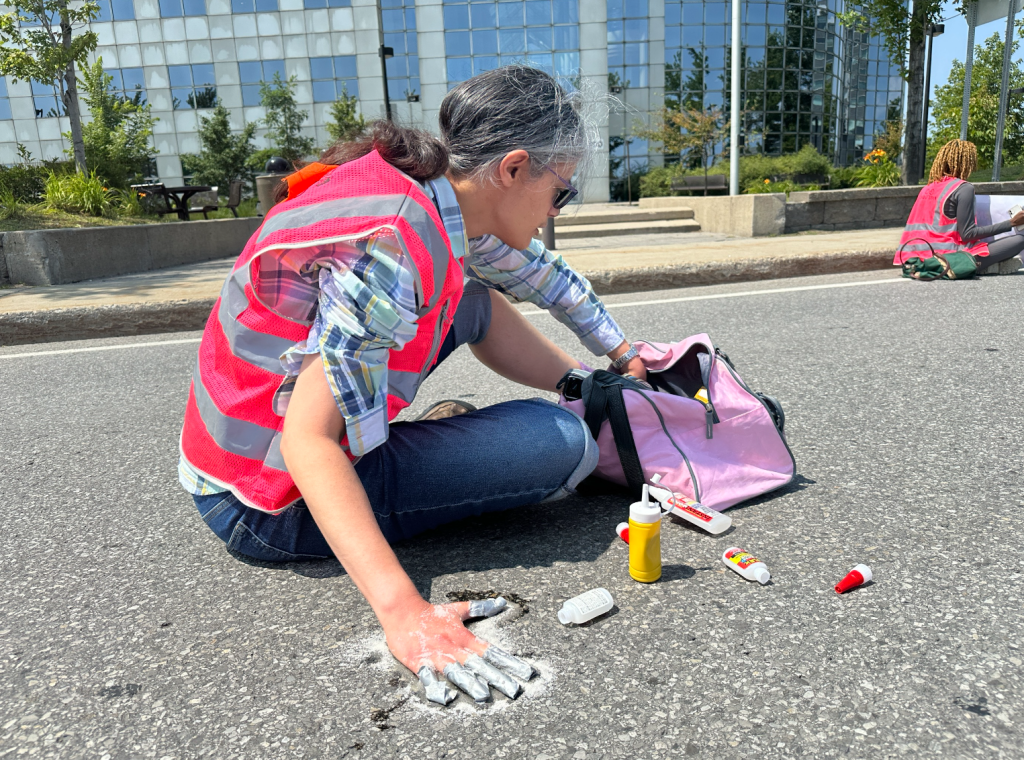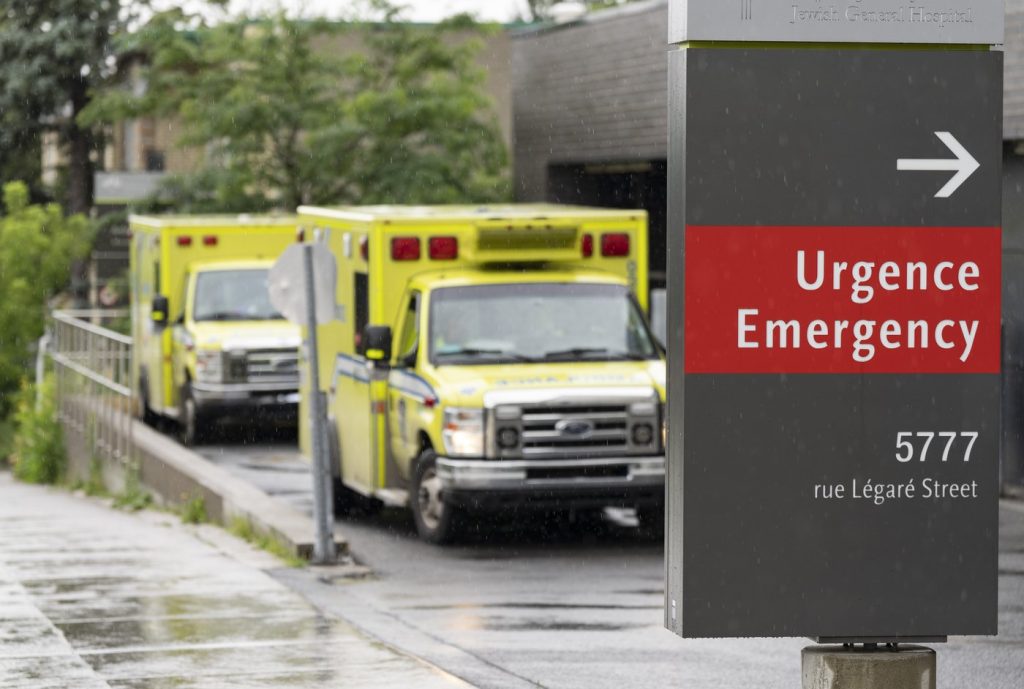A first in Quebec: breast cancer cryoablation offered at CHUM

Posted April 16, 2024 4:05 pm.
Some patients with breast cancer now have the option of being treated by cryoablation, a new technique offered at the Centre hospitalier de l’Université de Montréal (CHUM) for the first time in Quebec.
Cryoablation involves “freezing” the cancerous tumor using an ultra-fine needle. The procedure, which is performed under local anesthesia, leaves virtually no scars and the patient is usually discharged the same day.
“Over the last few years, we have really moved towards treatments that are more personalized and more adapted to each patient, with a de-escalation of therapy,” said Dr. Matthew Seidler, the section head of breast imaging at the CHUM radiology department.
“We know that some patients with small tumors can potentially benefit from an approach that is less aggressive, with local treatment. Cryoablation of breast cancer is truly an alternative to the surgical approach and it is a technique that is very promising.”
Surgical removal of the tumor frequently remains the best option for breast cancer. But for patients for whom this is not possible – for example, because they have other health problems or are undergoing other treatments – cryoablation now offers a new therapeutic avenue.
In a study involving 60 patients, only 10 per cent of participants suffered a relapse 16 months after treatment. In another study, which involved 194 patients, only four – or 2.1 per cent – suffered a relapse after three years.
“We know that rapid freezing at -40 degrees Celsius, then thawing cycles, results in a kind of cell death that is very effective,” explained Dr. Seidler.
Not only does the cold cause cancer cells to die, he said, but it also causes the expression of tumor antigens, which are then recognized by the human body, “and this causes an inflammatory response by our own immune system. So that’s another mechanism,” said Dr. Seidler.
Cryoablation works best for small tumors that are less than 1.5 centimetres, he added, as well as with tumors that express hormone receptors or are of lower grade.
But cryoablation, emphasizes Dr. Seidler, does not only have advantages. For example, during surgical ablation, the removed tissues can be analyzed in depth by the pathology department, allowing the disease to be carefully characterized. This is obviously not possible during cryoablation.
For the moment, said the specialist, the technique “is very well received by patients.”
“(They) leave a few hours after the procedure,” said Dr. Seidler. “There is practically no pain, with the local anesthesia and also with the cold, which helps with the anesthesia. You have to choose the right patients, but it’s always good to have different options that you can discuss with them.”
–This report by La Presse Canadienne was translated by CityNews



